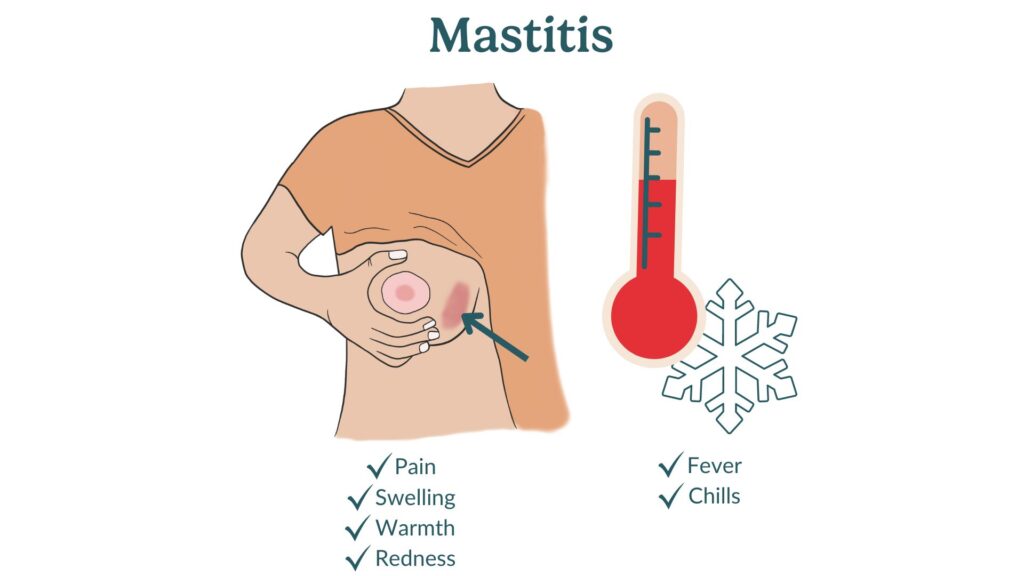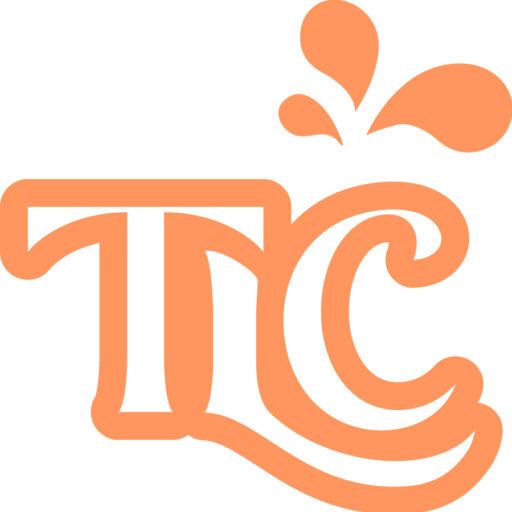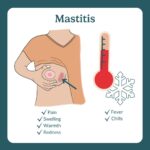mastitis

Mastitis
Mastitis is an inflammation of breast tissue that can lead to infection. It often causes pain, swelling, warmth, and redness in the affected breast. You might also experience flu-like symptoms such as fever and chills. Mastitis usually occurs when milk is trapped in the breast, leading to bacterial growth and infection. It's important to continue breastfeeding or pumping to help clear the infection and maintain milk flow.
For more information, visit managing and preventing mastitis.
What to watch out for
Here are some signs and issues related to mastitis. Knowing these can help you address the problem quickly and seek help when needed.
- Breast pain and swelling: If your breast feels painful, swollen, and warm to the touch, it might be a sign of mastitis. Continue breastfeeding or pumping to keep milk flowing and prevent further blockage. Your lactation consultant and healthcare provider can also help you navigate which supplements might be appropriate to support good milk flow, such as Sunflower Lecithin.
- Redness and warmth: Red, warm areas on your breast are common with mastitis. Apply cold compresses after breastfeeding to help reduce inflammation and discomfort. The Academy of Breastfeeding Medicine no longer recommends using warm compresses for mastitis.
- Flu-like symptoms: Fever, chills, and body aches can accompany mastitis. Rest, drink plenty of fluids, and keep breastfeeding to help your body fight the infection. If symptoms worsen, seek medical help. Most healthcare providers may prescribe antibiotics or other medications to help combat mastitis.
- Hard lumps or areas in the breast: These can indicate blocked milk ducts, which can lead to mastitis. Gentle breast massage, cold compresses, breast gymnastics, and frequent feeding can help clear the blockage. Avoid deep tissue massage and the use of vibrating devices to massage the breasts.
Physical limitations or health circumstances
Certain conditions or circumstances can increase the risk of mastitis. Here are a few to keep in mind:
- Previous mastitis: Having had mastitis before can increase your risk of developing it again. Take preventive measures, such as ensuring a proper latch and breastfeeding frequently.
- Cracked or sore nipples: Damaged nipples can be an entry point for bacteria, leading to infection. Use nipple balm to keep your nipples healthy and prevent cracks. We advise against using lanolin-based creams; use “nipple balms” instead.
- Engorgement: Overly full breasts can lead to blocked ducts and mastitis. Breastfeed or pump regularly to keep milk flowing and reduce the risk of engorgement. Learn more about managing engorgement.
- Blocked milk ducts: These can cause milk to back up and lead to infection. Regular breastfeeding, proper latch, and gentle breast massage can help prevent blockages. Read more about preventing and managing plugged ducts.
Other terms
Learning about these related terms can help you understand mastitis better and manage it effectively:
- Prolactin: A hormone that stimulates milk production. Keeping milk production steady can help prevent mastitis.
- Oxytocin: A hormone that helps with the let-down reflex, ensuring milk flows from the alveoli to the nipple. Proper milk flow can reduce the risk of blockages and mastitis. Learn more about the wonders of oxytocin in breastfeeding.


